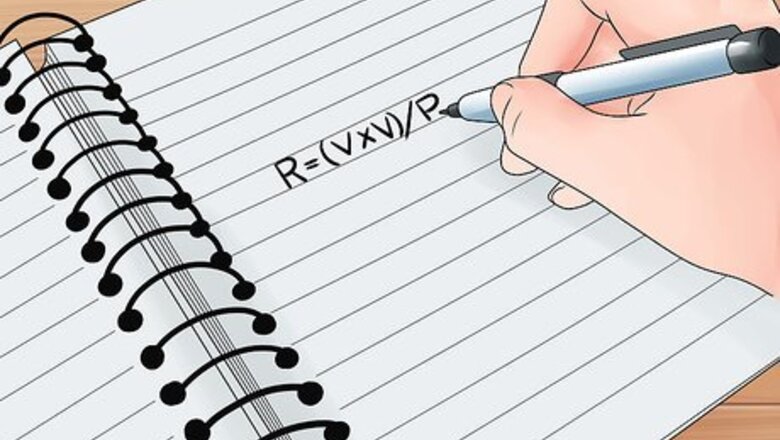
views
Testing A Conventional Element

Know the resistance of the element should be this can be calculated using known values: R = (V x V) / P [Where V is the voltage powering the element, P is the power the element uses and R is the resistance.] (An example calculation is shown in the tips section)
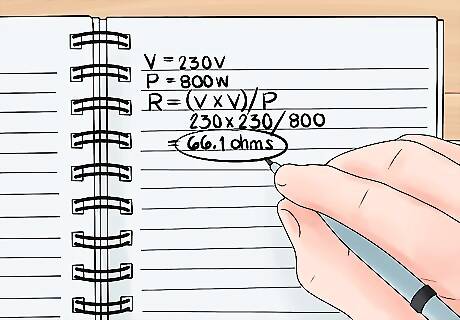
Now we know what resistance we are looking for we can check the element.
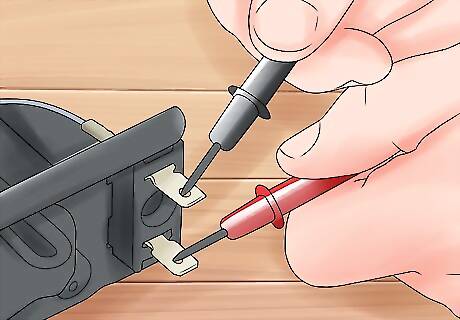
Use a multimeter to find resistance. Set the multi-meter to the resistance setting with an appropriate measuring scale selected. Measure the resistance by disconnecting the heating element from any power source, and connecting the multimeter leads to the terminals of the heating element. Test a Heating Element Step 7 Version 2.jpgIf the reading is the same or very close to that of the calculated value, then the element is OK and the fault lies elsewhere. Test a Heating Element Step 8 Version 2.jpgIf the reading is a lot higher than the calculated value, the element is failing and won't be heating fully. Test a Heating Element Step 9 Version 2.jpgIf the reading is a lot lower than the calculated value the element, it is failing and will be heating too much or not at all if part of the element has shorted or exploded. Diagnose issues with resistance guidance. "Reading this guide gave me just the details I needed to properly test the heating element in my malfunctioning oven. I liked that it didn't just explain how to measure resistance with a multimeter but also provided the ideal resistance range for a good element versus a failing one. Armed with this extra context, I could accurately diagnose that my oven's element needed replacing based on the resistance reading. The specific benchmarks took the guesswork out of troubleshooting." - Will M. Empower hobbyists to tackle repairs. "As an amateur DIYer with very little electrical experience, I found the step-by-step instructions easy to understand and follow. The article broke the heating element testing process down into simple stages that anyone could complete safely, which gave me the confidence to try tackling this repair myself. I appreciated the reminders to disconnect power sources and drain tanks — safety first! With this guide empowering me to diagnose problems on my own, I saved money on service calls." - Martins L. Follow step-by-step visuals for first-time repair. "The clear photos demonstrating how to detach the element and where to place the multimeter probes made it possible for me to test my broken water heater even though I'd never done anything like it before. I knew just what to do at each point, thanks to the detailed visual walkthrough. I could complete the repair successfully on my first try just by following the images. This gave me the satisfaction of fixing the problem with my own two hands." - Steve A. Demystify electrical engineering basics. "As an absolute beginner when it comes to electrical engineering concepts, I found the tips section walked through the resistance calculation in an incredibly easy-to-understand way. By showing a simple example with real wattage and voltage values, the article made terms like resistance less intimidating. Now, I have a much better grasp of the theory behind why resistance readings indicate if an element is good or failing. The practical demonstration brought engineering down to earth." - Mohammad Waqas S. Did you know that wikiHow has collected over 365,000 reader stories since it started in 2005? We’d love to hear from you! Share your story here.
Testing A Water Heater Heating Element
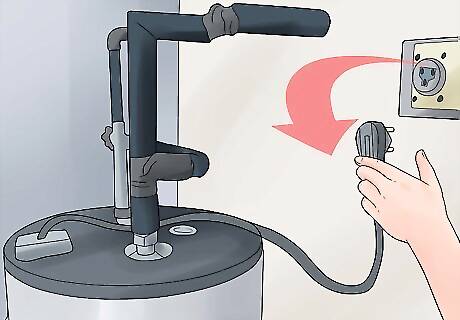
Disconnect the water heater from power source. If it has a disconnectable plug, unplug it. If it does not have a plug, disconnect power by turning off the power breaker or removing the fuse.

Drain the water from the water heater. Locate the water valve at the bottom of the water heater. Attach a garden hose to the emptying valve and turn the valve using a wrench. You will notice a relief valve near the top of the water heater, you can flip the handle up to open it. By doing this it will allow air into the tank causing the water to flow out more quickly.
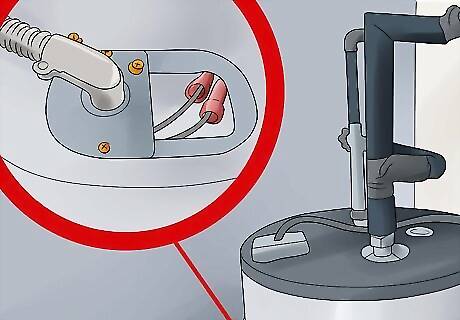
Wait for the tank to fully empty. Locate the heating element.

Remove the electrical wires leading to the heating element. Then remove the heating element using a socket or a wrench and you can now check the element as shown in first method.












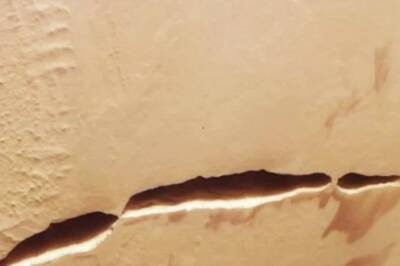





Comments
0 comment